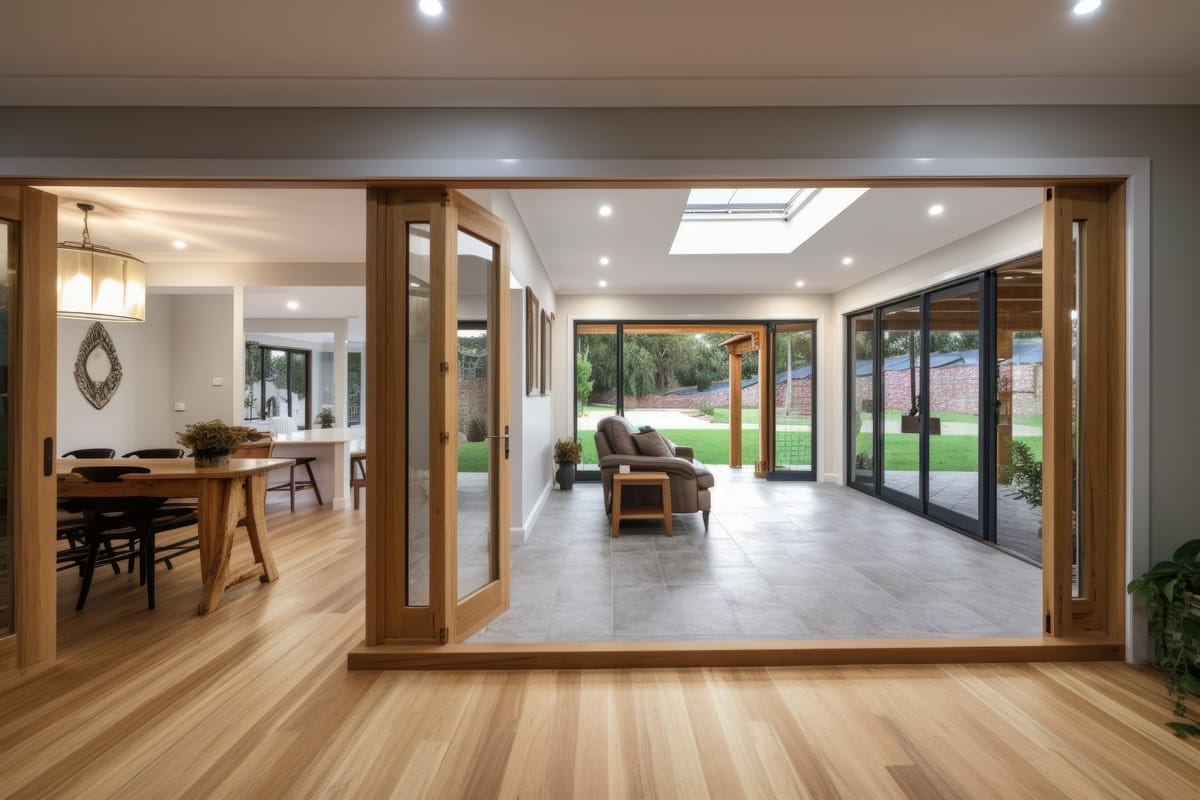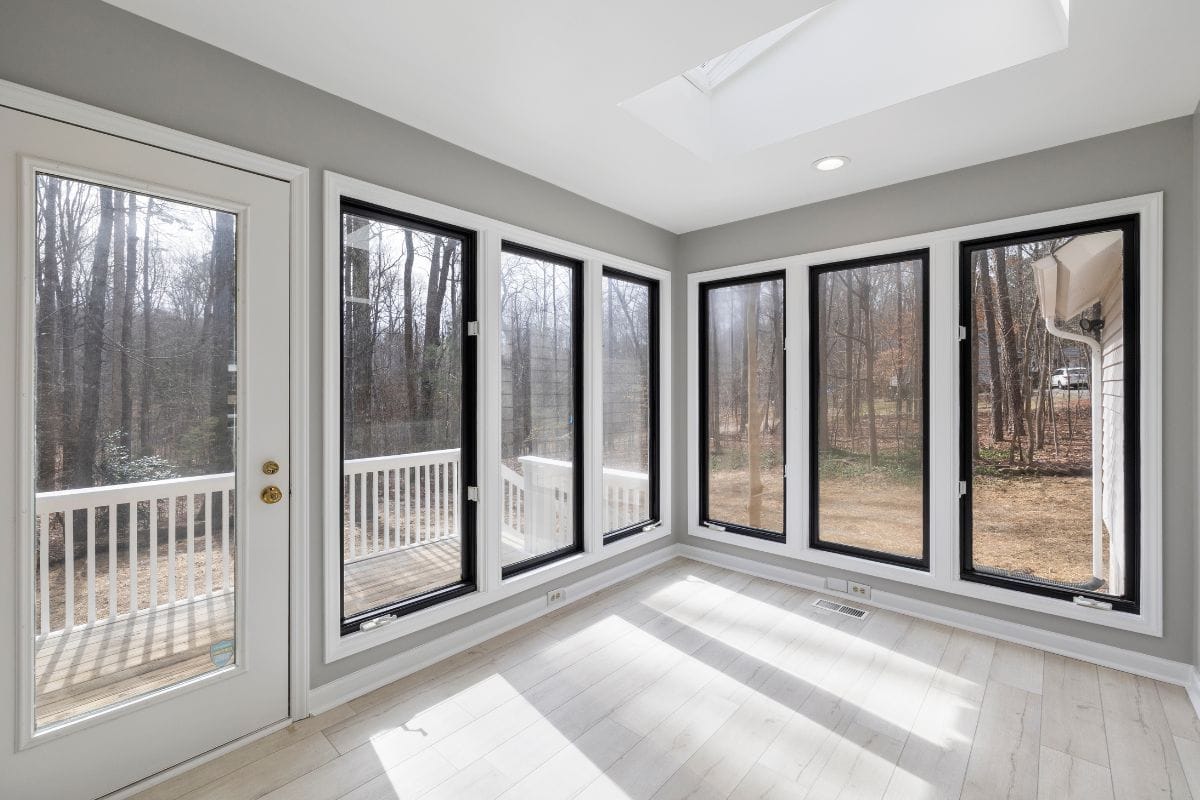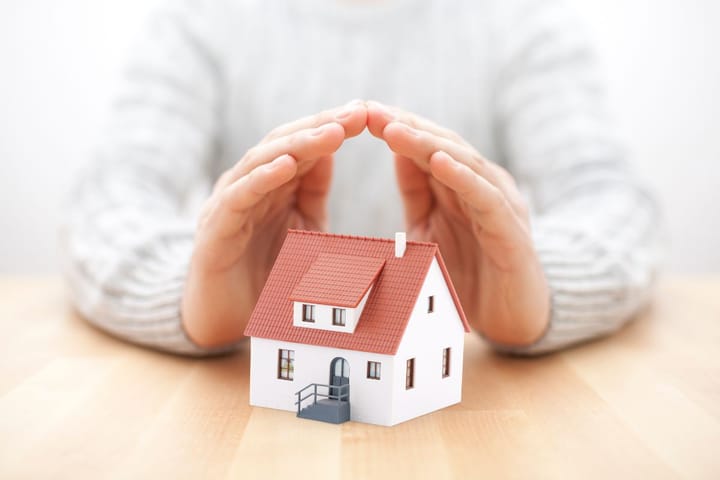The Importance Of Energy-Efficient Doors And Windows
Learn the benefits of energy-efficient doors and windows for cost-savings and sustainable living by reading this article guide today.

Energy efficiency in homes is crucial for sustainability and cost savings. This involves minimizing carbon footprints, conserving resources, and lowering utility bills. A key aspect is installing energy-efficient doors and windows. This article explores their definitions, types, and implementation strategies for a more sustainable living space.
Types of Energy-Efficient Doors And Windows
Energy-efficient doors and windows are crucial in minimizing energy loss and regulating indoor temperatures. Their goal is to create a well-insulated barrier, minimizing excessive heating or cooling and lowering energy consumption. Here are some types:
- Double-Glazed Windows
Double-glazed windows have two glass layers separated by inert gas, which enhance insulation and are effective in various climates.
- Low-E Coated Windows
Thin layers of metallic material on window glass and low-emissivity (Low-E) coatings allow natural light, block harmful UV rays, and minimize heat transfer.
- Insulated Doors
Crafted with enhanced insulation materials, like foam cores or thermal breaks, energy-efficient doors minimize heat exchange between the interior and exterior.
- Storm Doors and Windows
Adding an extra barrier against external elements, storm doors, and windows prevents drafts and reduces heat loss during colder seasons.
- Smart Windows
Equipped with sensors and automation, smart windows adjust tint levels based on sunlight intensity for efficient climate control and energy conservation.

When To Replace House Doors And Windows
Replace your house windows if you notice signs like drafts, condensation, difficulty operating, visible damage, higher energy bills, noise issues, outdated design, fading furniture, security problems, or single-pane windows. Regular assessments can determine the need for repair or replacement, with energy-efficient windows improving insulation and reducing energy costs.
Similarly, replace house doors if you observe visible damage, difficulty opening or closing, drafts, security concerns, outdated design, fading finish, increased energy bills, noise infiltration, age-related wear, or water damage. Regular inspections can catch issues early, and upgrading to modern, energy-efficient, secure doors enhances functionality and home safety.
To buy energy-efficient windows and doors, consider exploring options at local home improvement stores, specialized window and door retailers, and online platforms like Amazon. Check manufacturer websites, consult with local contractors, and seek Energy Star certification.
Additionally, explore energy efficiency programs in your region and visit showrooms for an in-person look. Prioritize climate, architectural style, and energy efficiency ratings (U-Factor, SHGC) before purchasing. Learn more about how to buy energy-efficient doors and windows below.
Energy-Efficient Doors and Windows: Key Advantages
Investing in energy-efficient doors and windows maintains consistent indoor temperatures, preventing drafts and hot spots, especially during winter. Improved insulation and thermal performance reduce energy costs, with double-pane windows effectively trapping heat in winter and maintaining a cool interior during summer.

Choosing energy-efficient solutions for your ready-made or custom home positively impacts the environment and acts as an effective sound barriers, reducing external noise. UV protection is another benefit, preserving the longevity of furnishings and protecting occupants' health.
Homes with energy-efficient features often command higher market values and are perceived as attractive investments in the real estate market. Reduced utility costs and a smaller environmental impact contribute to the increased perceived value of such properties.
Implementing Energy - Efficient Doors and Windows
The legal basis for installing energy-efficient doors and windows varies by location and is typically governed by building codes and energy efficiency standards. These regulations set minimum insulation, glazing, and overall energy performance requirements in construction or renovation projects.
Compliance with such codes is often mandatory, enforced through permits and inspections by local building authorities. Incentive programs or rebates may also be available to encourage adopting energy-efficient practices provided by governments or utilities.
Incompliance to building codes may result in legal consequences and pose challenges during property transactions. Seeking guidance from local authorities or professionals in the field is advisable to guarantee that installations meet the necessary legal standards for energy efficiency.
Below are the things you can do to make your doors and windows energy-efficient for compliance and sustainability:
- Professional Assessment
Conducting a professional energy assessment is vital before selecting energy-efficient doors and windows for your home. Begin by hiring a certified energy auditor. During an initial consultation, discuss concerns and goals.
Blower door tests and infrared cameras assess air-tightness, insulation, and potential energy loss. Special attention is given to doors and windows, checking for leaks and inadequate insulation. Data collected from various tests informs a detailed report, including cost-effective improvement recommendations.
The auditor assists in choosing energy-efficient doors and windows based on the assessment findings. After selecting suitable options, hire professionals for installation. Consider a post-installation assessment to verify energy efficiency gains.
- Quality Installation
Quality Installation of energy-efficient doors and windows is crucial for their effectiveness. Hiring experienced professionals guarantees a secure fit, minimizes air leaks, and maximizes insulation benefits.
Before installing, assess the site thoroughly for structural issues, moisture problems, or other factors that could impact the installation. Addressing these concerns beforehand prevents future problems.
Accurate measurements are vital for a tight fit, ensuring that the dimensions of the doors and windows match the openings precisely. Any gaps can lead to energy loss and reduced efficiency.
Install doors and windows level and plumb to enhance aesthetic appeal and prevent operational issues and air leakage due to improper alignment.
Follow the manufacturer's installation guidelines and recommendations strictly. Deviating from these instructions may void warranties and compromise the performance of the energy-efficient doors and windows.
After installation, conduct thorough tests to identify any gaps, air leaks, or operational issues. Make necessary adjustments to ensure optimal performance.
- Sealing and Weatherstripping
Inspect doors and windows for gaps that contribute to drafts. Choose weatherstripping materials like V-strip, felt, door sweeps, foam tape, or tubular gaskets.
Clean surfaces around doors and windows before applying weatherstripping for better adhesion. Measure and cut weatherstripping to fit each opening, attaching V-strip or door sweeps along the sides and top for doors and applying weatherstripping along the sash and window frame.
Close doors and windows after applying weatherstripping to check for proper sealing. Repeat the process for all openings for comprehensive energy efficiency improvements.
- Regular Maintenance
Regular maintenance is vital for optimal performance of energy-efficient doors and windows in a building. Periodic checks are necessary to counteract wear, tear, and potential issues compromising sealing capabilities. These components, designed to minimize heat transfer and air leaks, significantly contribute to the building's insulation and ventilation.
How To Choose Energy-Efficient Doors And Windows
Selecting energy-efficient doors and windows is essential for a comfortable and sustainable living space. To make informed decisions, consider Energy Star certification, U-Factor, Solar Heat Gain Coefficient (SHGC), and frame materials.
Energy Star certification indicates products that meet stringent energy efficiency criteria. Look for this label when choosing doors and windows.
Understand U-Factor and SHGC. The U-Factor measures heat transfer through a window or door; a lower U-Factor implies better insulation. SHGC gauges the solar heat admitted into your home. Opt for a lower SHGC in warmer climates to enhance cooling efficiency.
Prioritize Low-E glass with a special coating reflecting infrared light, controlling heat transfer and safeguarding your home from UV rays.
Consider frame materials based on insulation properties and maintenance requirements. Wood is a natural insulator but needs maintenance, vinyl is low-maintenance but has good insulation, aluminum conducts heat, and fiberglass offers good insulation with minimal maintenance.
Windows with multiple panes filled with inert gases provide superior insulation. Tight seals, achieved through quality weatherstripping, prevent air leakage, enhancing energy efficiency.
The orientation of windows plays a role in energy efficiency. Consider the direction they face based on climate; for example, south-facing windows provide more solar heat in winter but can lead to overheating in summer.
Evaluate energy performance ratings, such as those provided by the National Fenestration Rating Council (NFRC), covering U-Factor, SHGC, visible transmittance, air leakage, and condensation resistance.
Customize choices based on your region's climate, focusing on the U-Factor and insulation in colder climates and SHGC in warmer climates. Professional installation following manufacturer guidelines is crucial for optimal performance.
Explore innovative technologies like smart glass and dynamically adjust tint based on external conditions. Lastly, comply with local building codes and standards related to energy efficiency.
Considering these factors ensures that your choice of doors and windows enhances comfort, contributing to long-term cost savings and environmental sustainability.
Hiring An Expert
Hiring a professional installer for energy-efficient doors and windows offers numerous benefits, including expertise in proper installation techniques, a tight seal to prevent air leaks, energy savings, compliance with manufacturer warranties and building codes, time and convenience, assurance of high-quality materials, customization advice, safety measures, and overall peace of mind. Professional installers ensure optimal performance and long-term satisfaction with your investment.
To hire a professional installer for energy-efficient windows and doors, conduct thorough research to identify local options, verify credentials and certifications, and request references. Obtain quotes, check warranties, and visit completed projects to assess work quality. Review contracts carefully, considering all project details and payment terms. Throughout the process, prioritize effective communication and professionalism.
Conclusion
Take concrete steps to enhance your living space by installing energy-efficient doors and windows. Learn about the available options and implement these solutions to reduce energy consumption, trim utility bills, and promote a greener environment. Prioritize energy efficiency and act responsibly by investing in these solutions. For personalized guidance and expert advice, contact a local energy efficiency expert.




Comments ()